
Righting A Wrong Against Japanese-American Internees Name By Name
“We didn't celebrate the end of our incarceration, because we were more concerned about our future. Since we had lost everything, we didn't know what would become of us,” Berk recalls.
The Aochis were among the nearly 126,000 people of Japanese ancestry who had been forcibly removed from their West Coast homes and held in desolate inland locations under Executive Order 9066 , issued by President Franklin D Roosevelt on February 19, 1942.
Approximately 72,000, or two-thirds, of those incarcerated were, like Berk, American-born citizens. Their immigrant parents were legal aliens, precluded by law from becoming naturalized citizens . Roosevelt's executive order and subsequent military orders excluding them from the West Coast were based on the presumption that people sharing the ethnic background of an enemy would be disloyal to the United States. The government rationalized their mass incarceration as a“military necessity ,” without needing to bring charges against them individually.
In 1983 a bipartisan federal commission found that the government had no factual basis for that justification. It concluded that the incarceration resulted from“race prejudice, war hysteria and a failure of political leadership.”
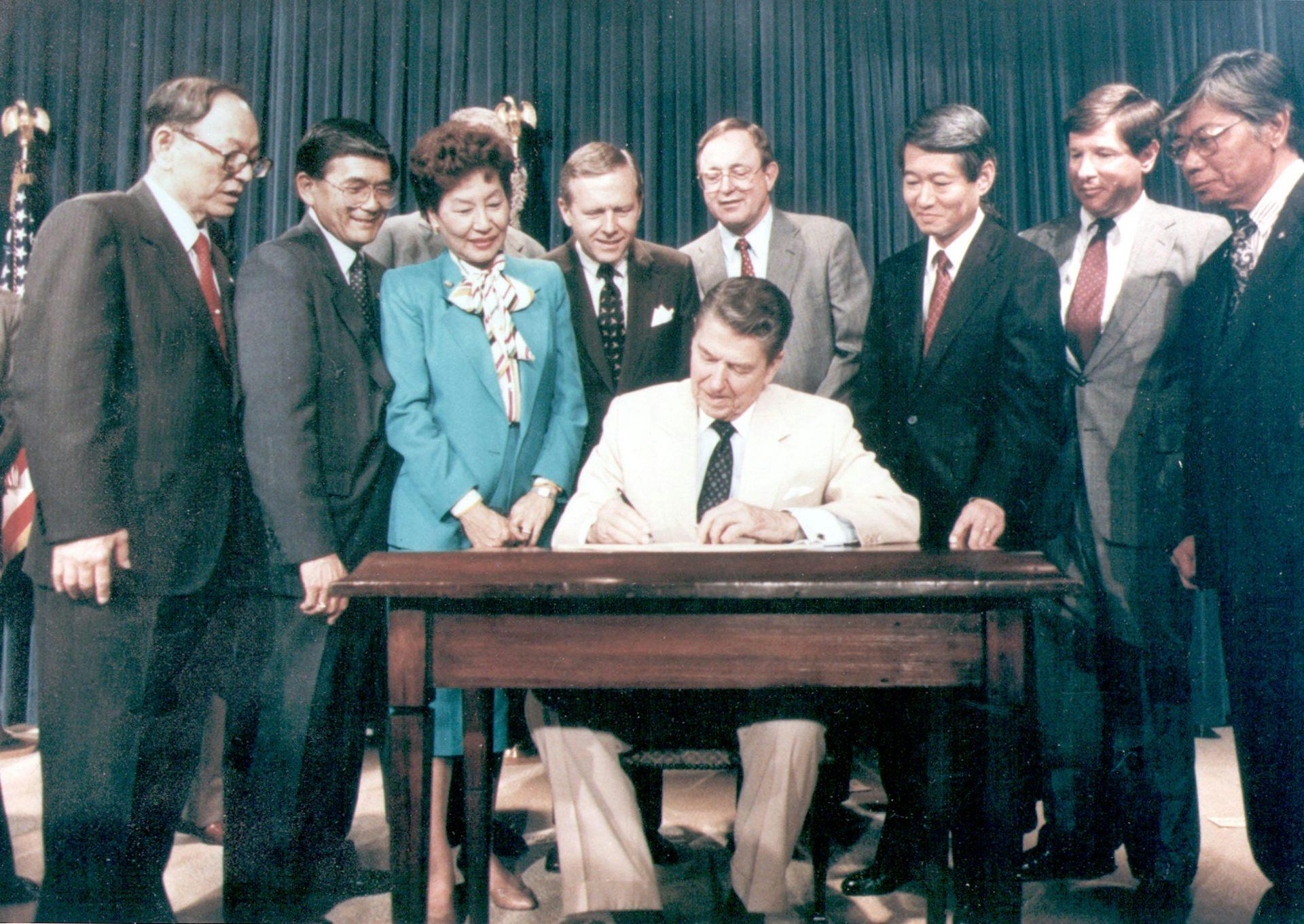
President Ronald Reagan signs the Civil Liberties Act of 1988 on August 10, 1988, formally apologizing to Americans of Japanese descent who were incarcerated during World War II. Photo: Densho Encyclopedia , CC BY-NC-SA
The commission recommendations resulted in the passage of the Civil Liberties Act of 1988 . Signed by President Ronald Reagan, the law provided surviving incarcerees with an apology for the unjustified government actions and token $20,000 payments. This legislation and various judicial rulings have recognized that the incarceration was an egregious violation of US constitutional principles, a race-based denial of due process.
No formal, comprehensive recordsA key element of this tragic and disgraceful chapter of American history is that nobody ever kept track of all the people who had been subjected to the government's wrongful actions.
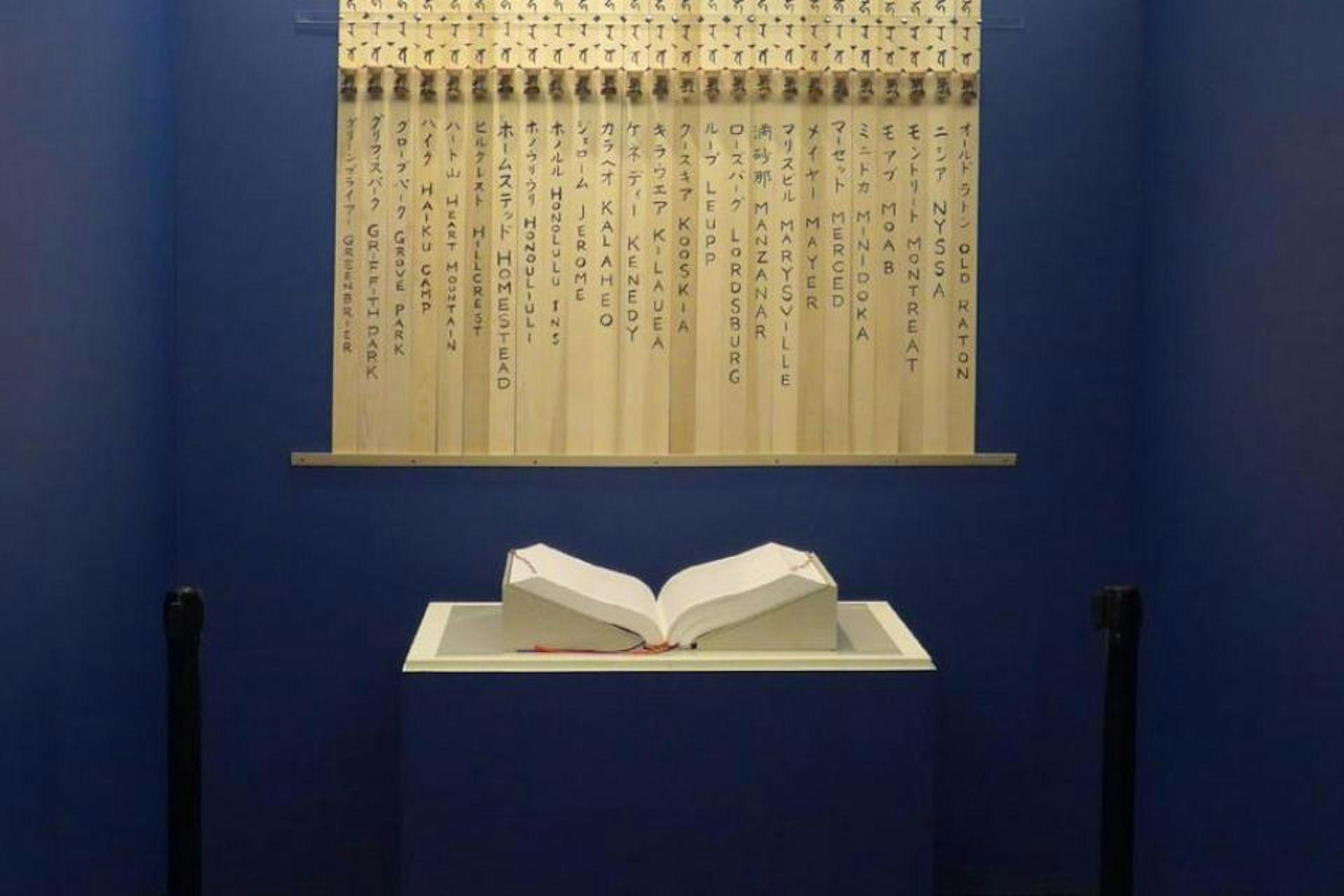
The Ireichō is in a special space for visitors to view. Photo: Japanese American National Museum
To reckon with this injustice, the Irei Project: National Monument for the WWII Japanese American Incarceration was launched in 2019. This community nonprofit project was originally incubated at the University of Southern California Shinso Ito Center for Japanese Religions and Culture , with a goal to create the first-ever comprehensive list of the names of every individual incarcerated in America's wartime internment and concentration camps.

Legal Disclaimer:
MENAFN provides the
information “as is” without warranty of any kind. We do not accept
any responsibility or liability for the accuracy, content, images,
videos, licenses, completeness, legality, or reliability of the information
contained in this article. If you have any complaints or copyright
issues related to this article, kindly contact the provider above.

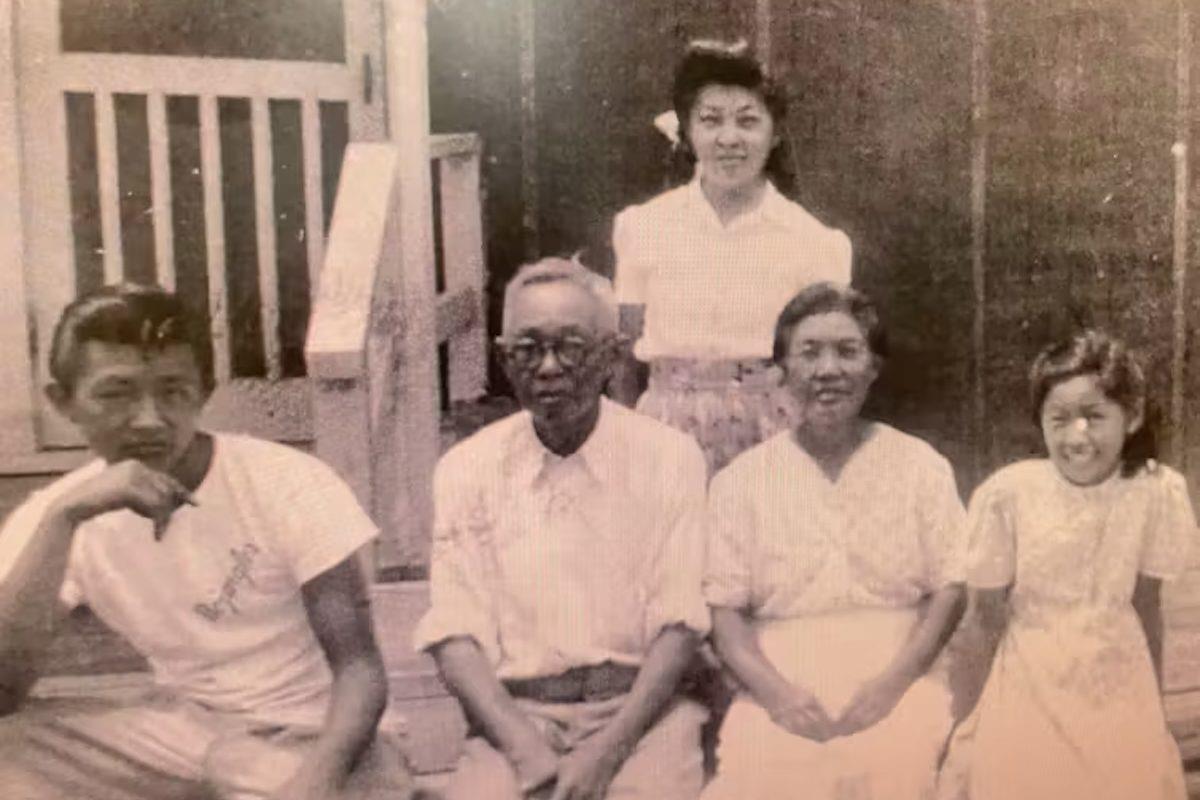


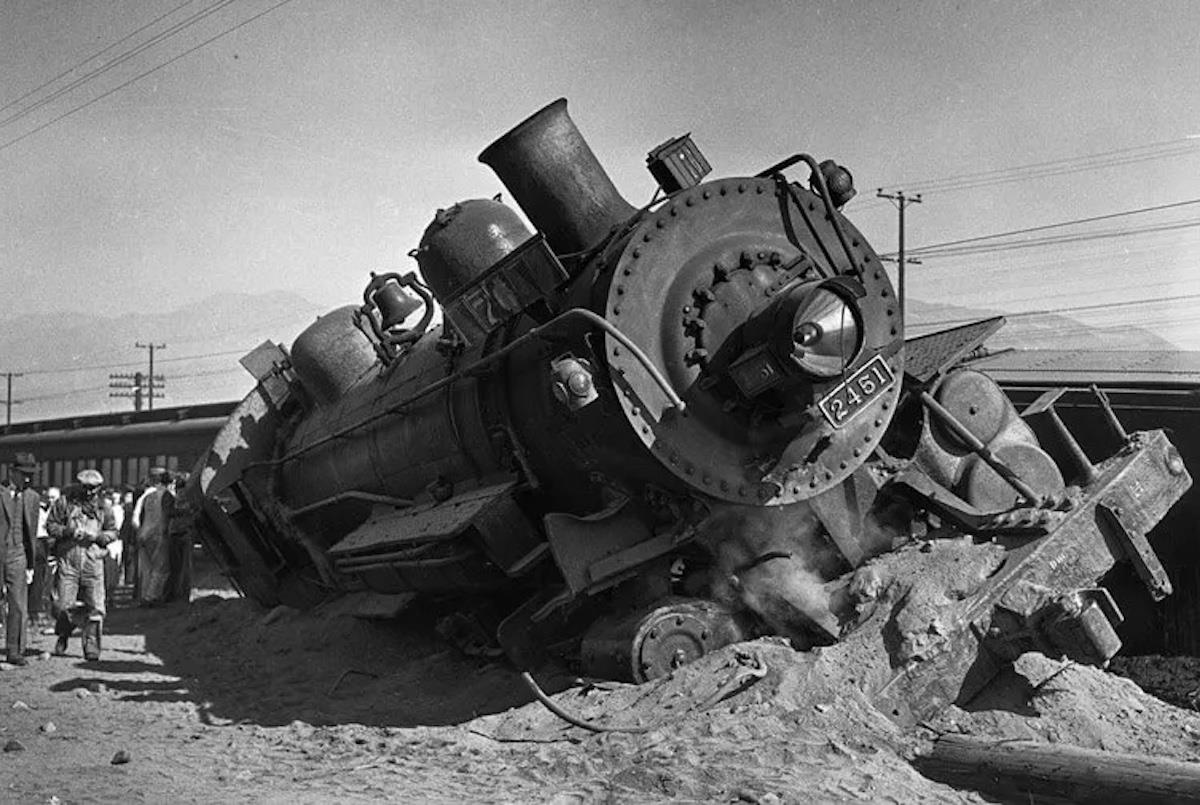

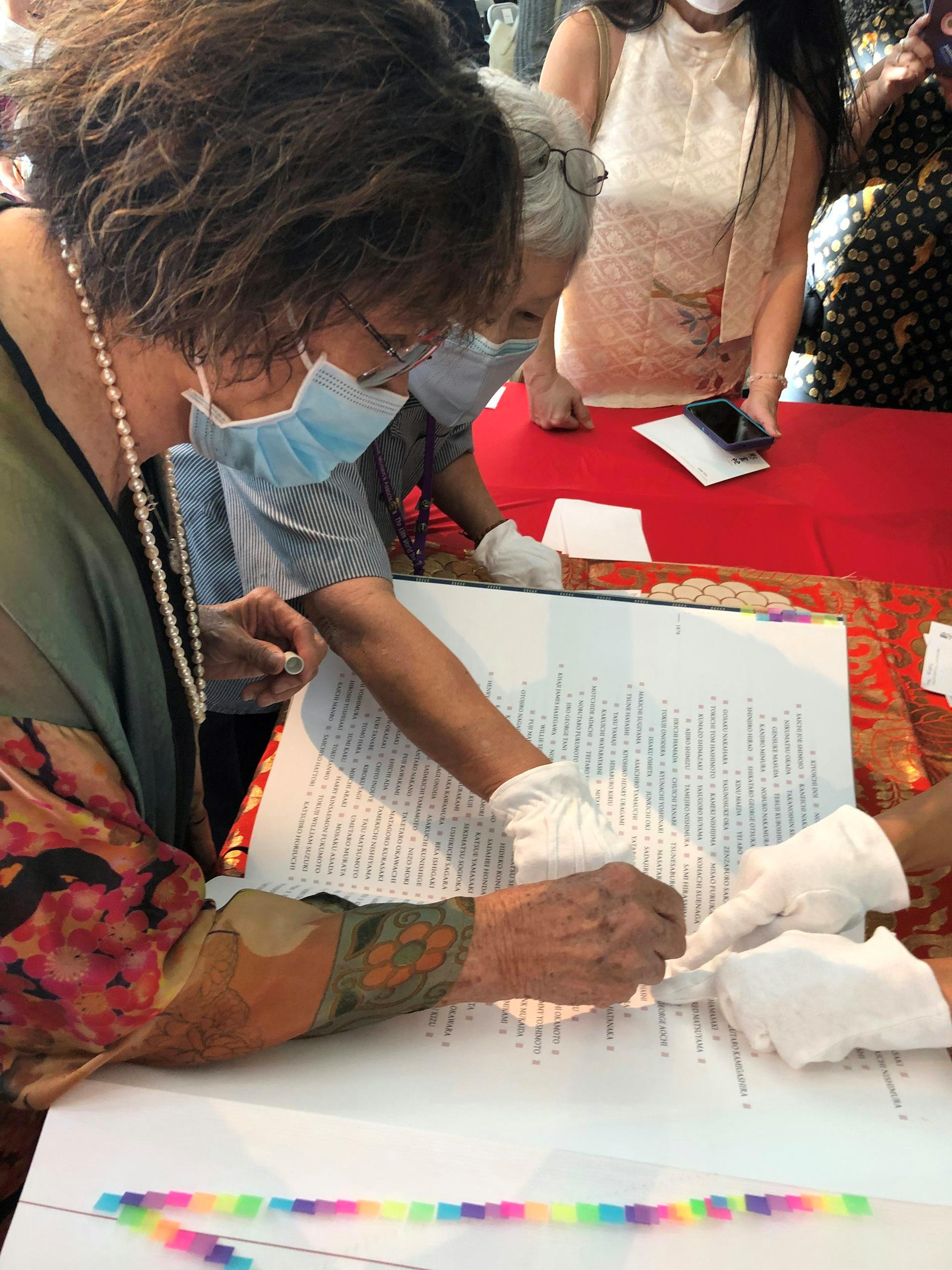
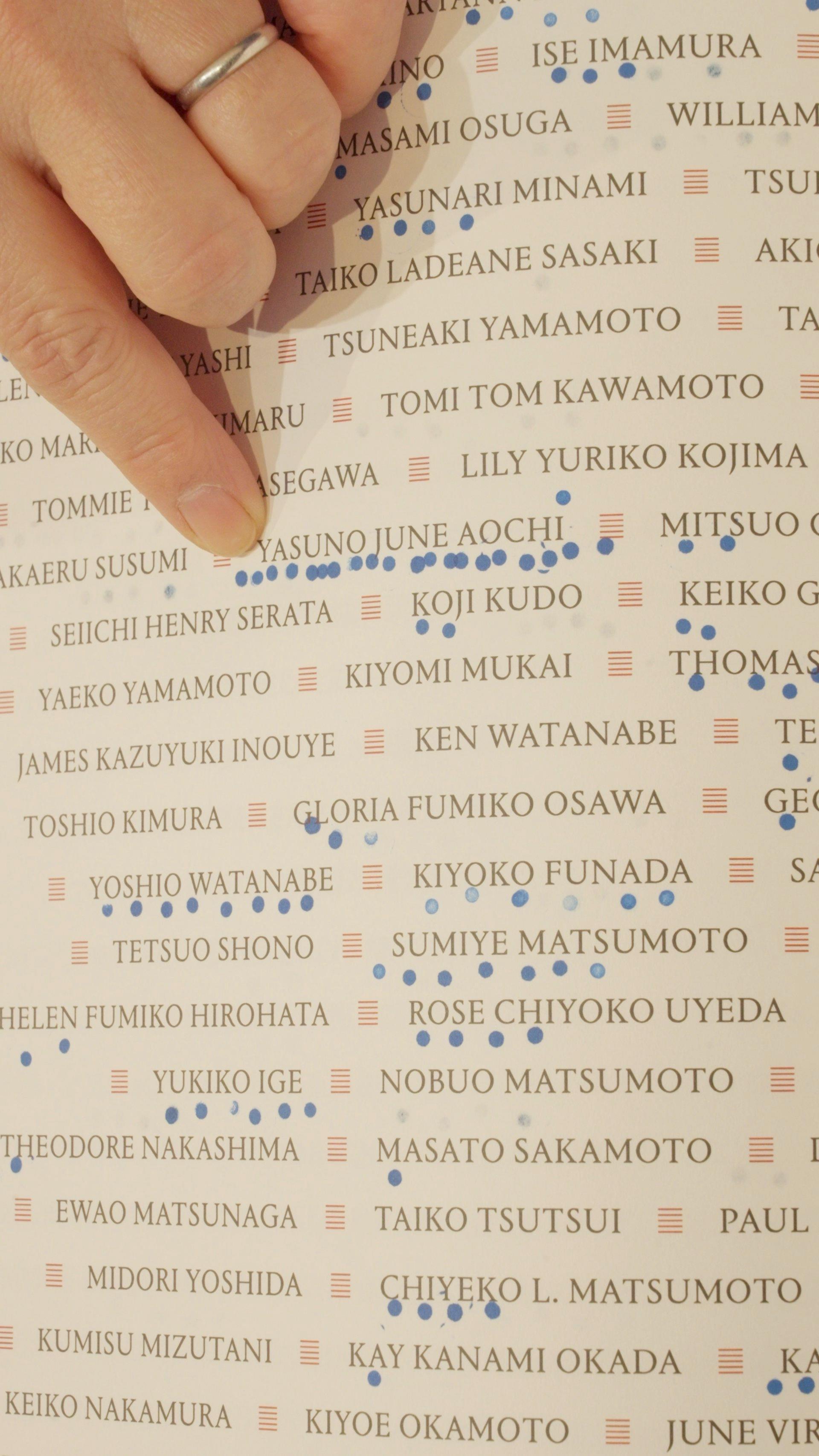

















Comments
No comment